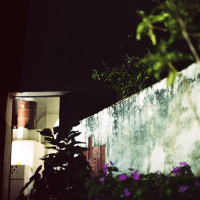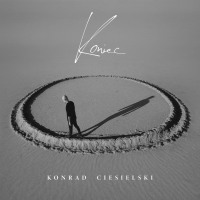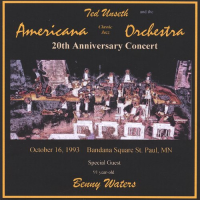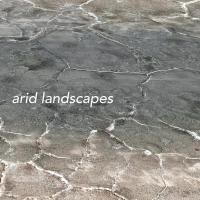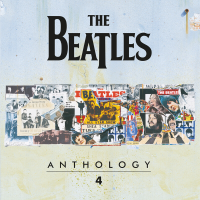Home » Jazz Articles » Album Review » Robin Holcomb/Wayne Horvitz: Solos
Robin Holcomb/Wayne Horvitz: Solos
Both players have roots in pure American folk music, but Holcomb, also an accomplished singer/songwriter with a number of fine albums to her credit, including Rockabye ('92) and the more-recent The Big Time ('02), wears her personal view of the American heartland more directly on her sleeve. Still, with a style that's as much influenced by the impressionism of Erik Satie as it is the polytonal approach of Charles Ives and the distinctly American inflection of Aaron Copland, Holcomb's folk roots are coloured with a more oblique sensibility. Her "Before the Comet Comes"—at thirteen minutes, both the longest piece and the centre point of the album—shows just how successfully Holcomb has meshed these diverse influences with an improvisational style that comes in no small way from the solo works of Keith Jarrett.
Keith Jarrett also informs Horvitz, who demonstrates a more linear approach and a clearer rooting in/understanding of the American jazz tradition. Less abstruse than Holcomb, his tracks are recognizable through their more direct approach. Still, tunes like "Tired," with its bittersweet and subtly melancholic feeling, are particularly compelling because one can feel Holcomb's more skewed approach subtly infect Horvitz's playing, while its clearer roots in the blues distinguish it as a Horvitz piece. Horvitz's reading of Wayne Shorter's "Armageddon" is, again, inarguably reverential and referential to Jarrett, unquestionably the shared link here.
The remarkable thing about Solos is that, for all the shared experiences and common musical ground, the two players are instantly recognizable. Once one knows that the opening track, "Reno," is a Holcomb piece, it becomes unnecessary to look at the CD notes to find out who is playing on subsequent pieces; their styles are that distinctive. Touch, phrasing, dynamics and subtle nuances are some of the characteristics that differentiate players, but on Solos Holcomb and Horvitz distinguish themselves equally by their general sensibilities: Holcomb, the slightly twisted view and Horvitz, the more straightforward approach. Beautifully recorded as an SACD hybrid and an album filled with subtle beauty and moments of darkness, Solo forcefully demonstrates how similar yet disparate two players who have spent the majority of their lives together can truly be.
Visit Robin Holcomb and Wayne Horvitz on the web.
Track Listing
Reno; Tired; Armageddon; The Pleasures of Motion; Joanna's Solo; Before the Comet Comes; Stars Fell on Alabama; Interpretation #1; The Road to Zamora; Buttermilk Hill; Up Do; Interpretation #2; Done For; Crispin and Lisa's Duet
Personnel
Robin Holcomb/Wayne Horvitz
variousRobin Holcomb (piano), Wayne Horvitz (piano)
Album information
Title: Solos | Year Released: 2004 | Record Label: Songlines Recordings
Tags
About Robin Holcomb/Wayne Horvitz
Instrument: Various
PREVIOUS / NEXT
Support All About Jazz
 All About Jazz has been a pillar of jazz since 1995, championing it as an art form and, more importantly, supporting the musicians who make it. Our enduring commitment has made "AAJ" one of the most culturally important websites of its kind, read by hundreds of thousands of fans, musicians and industry figures every month.
All About Jazz has been a pillar of jazz since 1995, championing it as an art form and, more importantly, supporting the musicians who make it. Our enduring commitment has made "AAJ" one of the most culturally important websites of its kind, read by hundreds of thousands of fans, musicians and industry figures every month.














